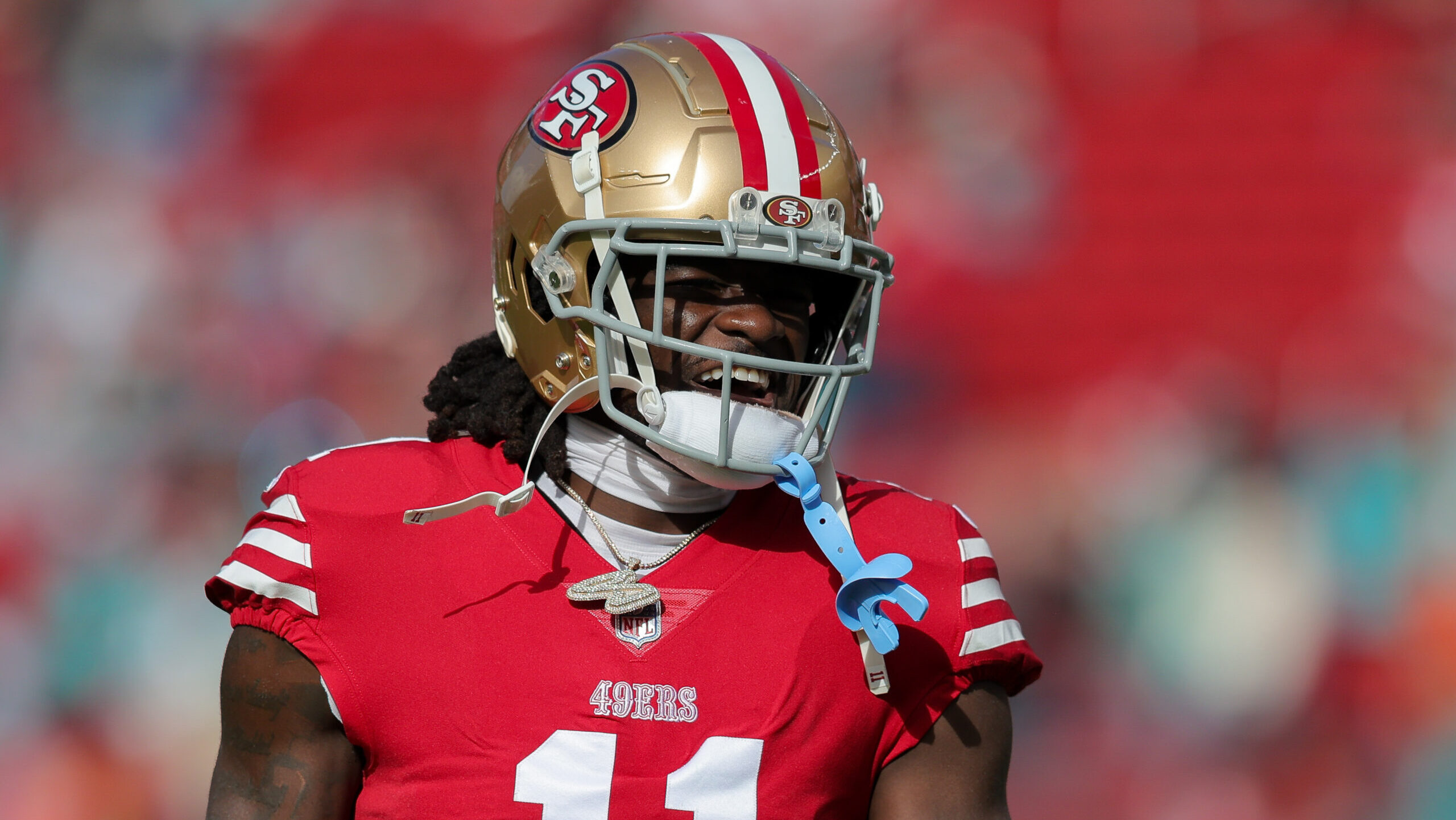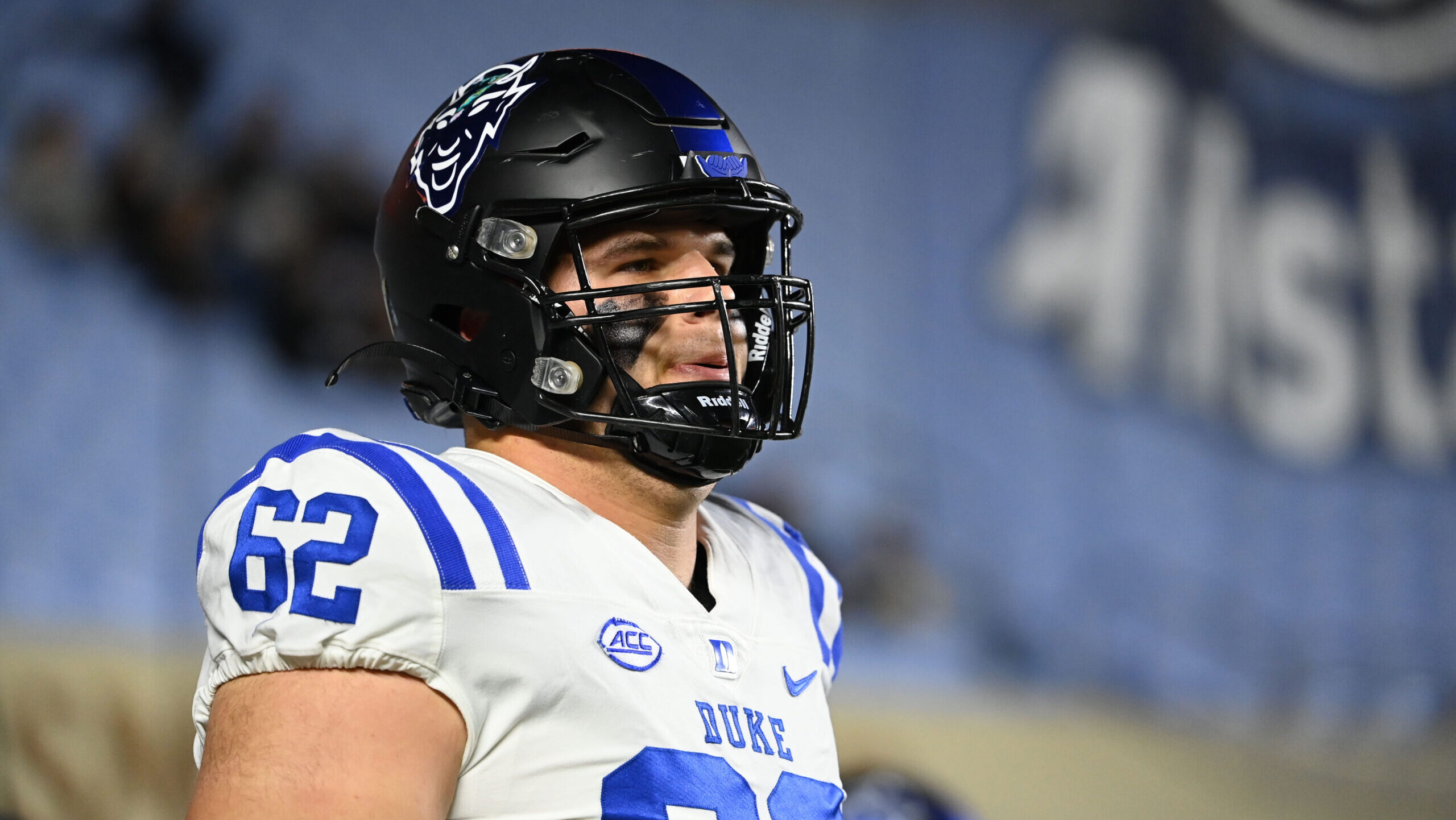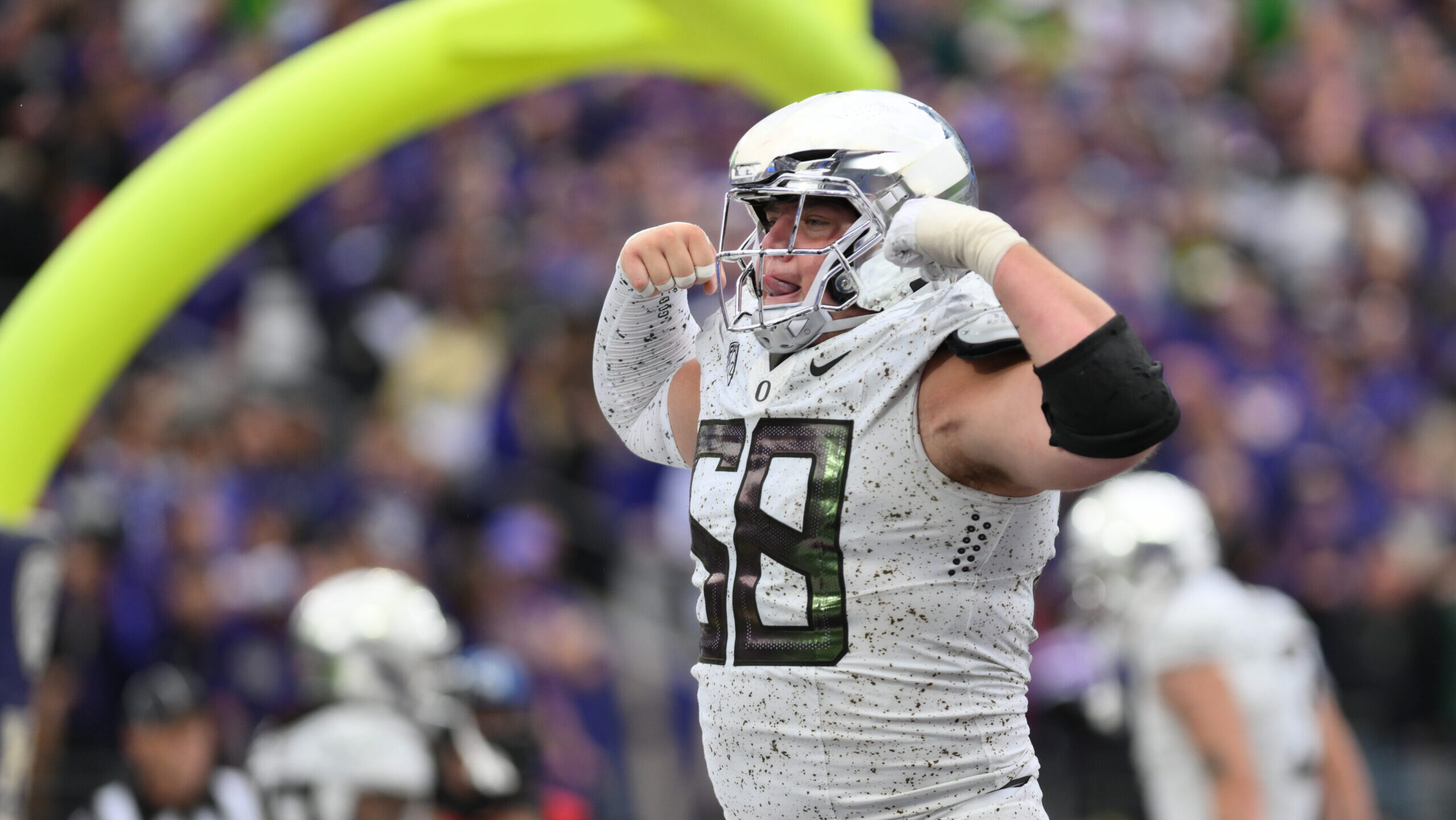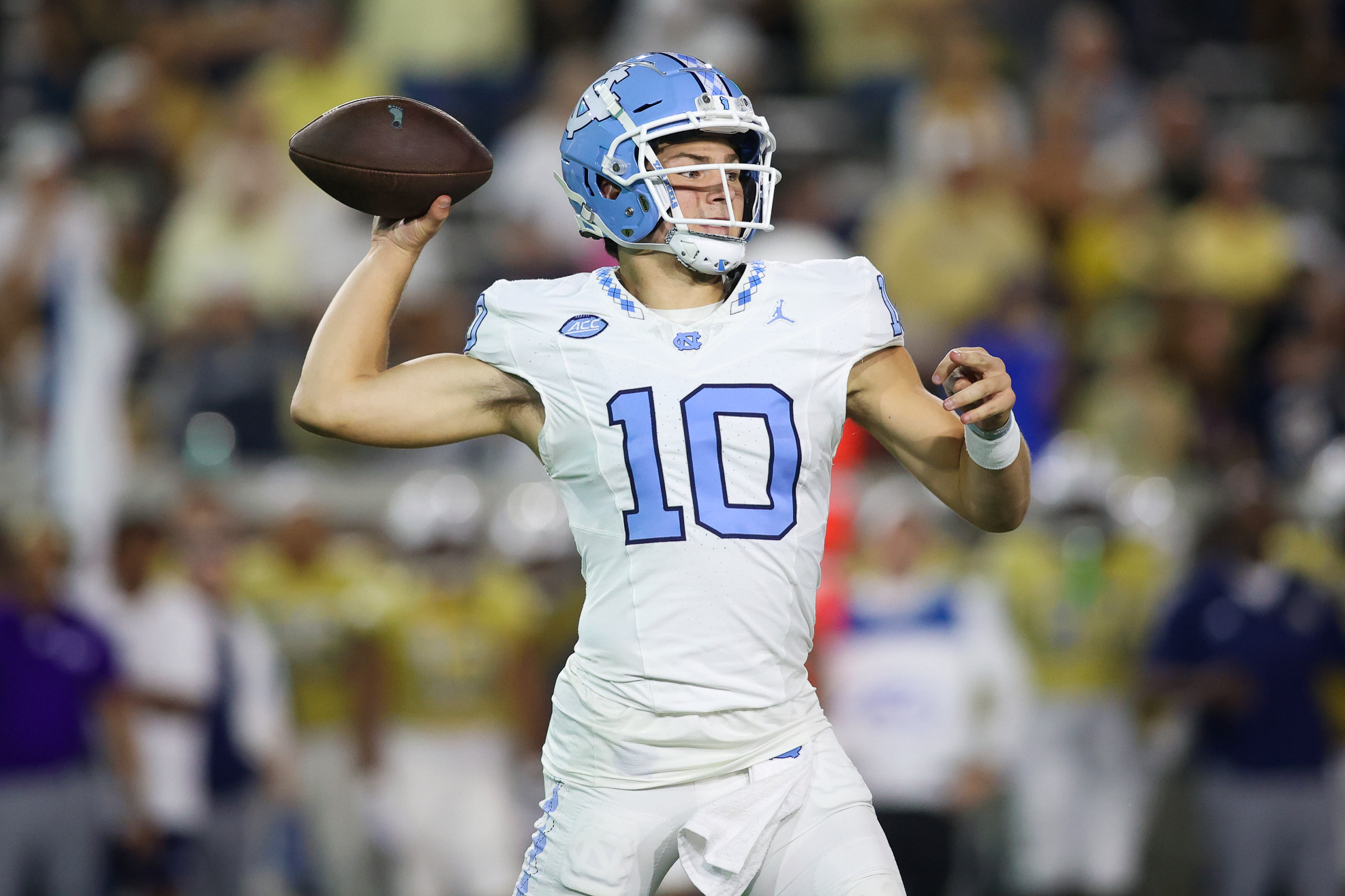Analysis
1/16/23
9 min read
Inside Comprehensive NFL Head Coach Selection Process
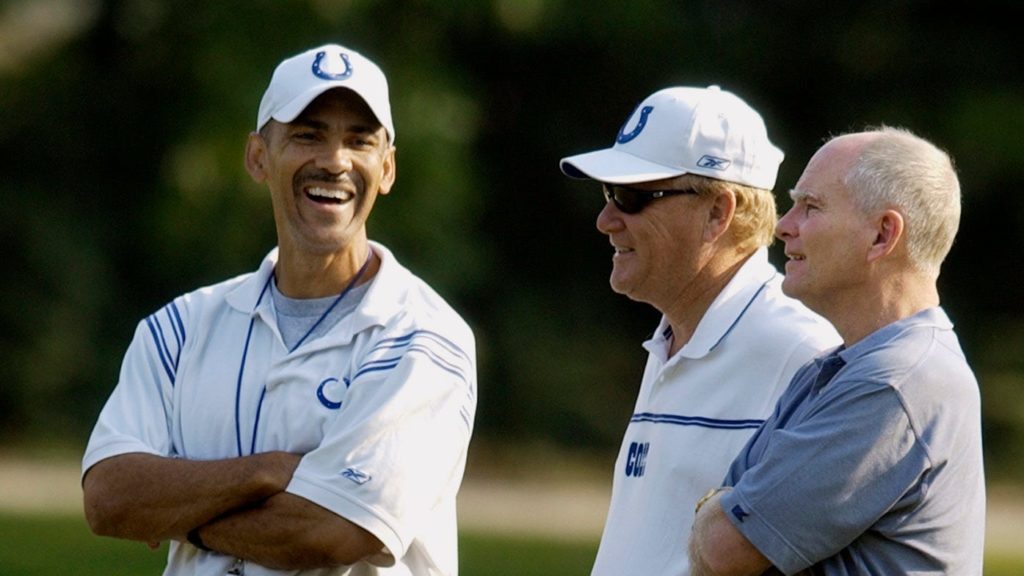
Last week, we covered the process by which clubs identify candidates for head-coaching positions. This week, we will outline the way an actual interview might be conducted for each candidate.
The short answer is, “Any way the owner wants it done.” In my experience, however, he or she usually will leave the spade work to the football people. They vet the candidates and prepare a list of recommended interviewees.
I have served in multiple roles in this process during my career: as a subordinate participant, chairman of a search committee, decision-maker along with the owner, and outside consultant.
In short, I’ve participated in every role there is in this process except for the final decision-maker, who is always the owner.
The combination of the Rooney Rule requirements and the high turnover rate among head coaches every year usually results in a high number (10 or so) of initial interviewees. If, however, you have more than five finalists, including the Rooney Rule candidates, you probably have not done a good enough job in the initial screening process. To quote coach Marv Levy, “If you have too many, you don’t have any.”
The owner can organize the process any way he wishes, but it has been my experience that a small committee of very senior executives, at least two of which are hardcore football people, is very workable.
It is wise to remember that you are hiring a head football coach, not a CFO or team president. The coach must possess superior football knowledge, great teaching and organizing skills, and a vision and plan for building a champion. That’s what this process is trying to ascertain.
During the searches I have been involved in, we spent the vast majority of time in both preliminary and finalist meetings on “nitty-gritty” football-specific topics. What follows are details of the interview outline provided in my previous column.
Candidate’s Vision
What will our team look like and play like under your leadership in three years? This is the make-or-break question right out of the box. This puts the candidate “in front of the team.” It is specifically designed to be open-ended and wide-reaching. Tom Coughlin says, “You only have one chance to make a good first impression.” This is the candidate’s best shot. It is his chance to show that he can “Command the room.”
You hope that he is wise enough to take this opportunity to give you chapter and verse on his philosophy of football, his plan to win for this franchise, his evaluation of your personnel and needs, the organizational and disciplinary approach he will take with the team and the specific systems of football he will implement to win. It doesn’t hurt to prompt the candidate at the outset by adding a sentence to the vision question, specifically asking him to address the issues above.
The entire process is designed to tell you who he is, what he believes in, and how he will implement his philosophy. If he can’t do that convincingly from the top or if his vision does not align with yours, he probably is not the man for you.
By the way, committee members should not interrupt with questions until the candidate is finished answering the first question. Take copious notes, but don’t interrupt. We want him to talk. We want him to tell us who he is as a coach. You have to put yourself in a position of a player, assistant coach or staff member and ask, “Would I believe in and follow this man? Is he organized, credible and engaging enough for me to believe in him?”
Don’t let style, accent or delivery influence you. None of that is important. Substance, clarity, and sincerity is what counts.
Coaches Levy, Tony Dungy, and Jim Caldwell had distinctively different styles in front of the team. So, too, do Doug Pederson and Brian Daboll. The common denominator is substance, clarity, and sincerity that engenders trust. Without trust in the head coach as a person, teacher, and leader, the battle is lost before it begins.
Conversely, you may hear things in the vision statement with which you disagree or believe are cliches with no real substance. One such example is, “We’re going to pass to set up the run.” What in the name of Vince Lombardi does that mean? Be certain in the question period to get to the bottom of such statements by asking for specific reasons and examples. Remember that extensive use of cliches likely means that substance is lacking.
A friend who was part of the process told me about the hiring of Bill Belichick by the Cleveland Browns. A big-name media favorite who was a finalist gave them non-Cleveland-specific generalizations and cliches. My friend’s impression was that it was not very strong. Coach Belichick came in with an organized, well-thought-out approach to winning in Cleveland. His presentation included a detailed evaluation of the Browns’ roster and specific areas where improvement was needed. This was at a time when such information was not readily available. Coach Belichick was very well prepared, and my friend said, “Blew them away.” What you see and hear in the interview is often what you get on the field.
Some other areas that must be covered in detail and under questioning in a finalist’s interview are as follows:
Understanding Roster Needs
Cover the personnel needs on the roster and those that must be filled from the outside. The candidate does not need to be an expert on the salary cap, but he must understand how it impacts the key roster spots necessary to implement his systems.
Quarterback Plan
Is the man who can lead us to the promised land currently on the roster? If not, how do we acquire him? If he comes via the draft, how do we develop him? If he is not an elite talent, how do we maximize his efficiency?
Coaching Staff
The key positions are the coordinators, followed by the quarterback coach, offensive line coach, defensive line coach, and defensive backfield coach. The candidate should state at least three names in order of preference at each position. Often your first or second choice will not be available. He also should explain in detail the qualifications and job description for each of the slots named above.
Strength and Conditioning
The candidate should explain his overarching philosophy toward strength and conditioning. He need not be an expert in sports science or physiology, but he must understand and articulate what level of conditioning he requires and how it fits in the overall squad development plan. As an example, Bill Parcells believes that you need six weeks of pure strength and conditioning before you’re ready to begin football specific drills. A candidate may have different views. That’s why you ask the question.
He should also be able to speak to staff needs, the offseason and in-season calendar, and what approach he will take throughout the year.
Practice Philosophy, Implementation
A head coach candidate should be able to tell you in a few sentences what his approach to practice is for the following parts of the calendar: OTAs, training camp, in-season, and playoffs.
As an example, both Coach Dungy and Coach Levy believed in moderately tough training camps and short in-season practices, the underlying premise being they wanted the team to get to game day as fresh as possible. Other people may have entirely different views. Jimmy Johnson, for example, wanted very tough training camps and contact at least once a week during the season. Both approaches, while different, got their teams to the Super Bowl. One size does not fit all. The why of what the coach is proposing is far more important than the how.
Roster Building Philosophy
This includes the draft, college free agency, unrestricted free agency, 53-man roster, and the practice squad. This is obviously a collaboration with the general manager, but the coach is going to have a very loud voice in this process. He must be able to articulate what type of player he wants in each of the above-mentioned areas. He also must articulate a detailed plan for practice squad development.
Medical, Athletic Training Philosophy
The process for the final decision of what a player’s playing status is must be discussed. Do the doctor/trainers have the final decision? What roles do the coach and GM play in that process? How often does the coach wish to meet with the doctors? How does he wish injury information would be disseminated in the building and out and by whom? Does he wish to have a daily meeting with the head athletic trainer? What is the procedure for bringing injured players back to practice?
Player Discipline
What are the individual club rules and regulations as opposed to league regulations? Individual club rules and regulations are directly reflective of team discipline. What is his philosophy on fines and who administers them?
Philosophical Approach to 'Challenged' Players
How do we select and coach players who might be learning disabled, personally undisciplined, ego driven or have off-field issues?
Media
Within the context of league requirements, when does the coach want to make himself available to the media? When does he wish the coordinators be available? Does he want to allow other staff members to be available?
Analytics
What is the coach’s operational philosophy and implementation? Do analytics or analytics staff members have a role on game day?
Reference checking should come after the preliminary round of interviews when the selection-committee members have an idea of the questions that they wish to ask based on information gleaned in the first interview. As a general rule, references fall into the following categories:
- Fellow assistant coaches
- Previous head coaches for whom he has worked
- Administrators for whom he has worked
- Players he has coached
Owners also generally speak with fellow owners about candidate references.
Obviously, head coach selection is not a perfect process. In the end, it is subjective, and the owner will have the final say. A detailed and disciplined process, however, can make it more wide-ranging and objective.
As told to Vic Carucci


